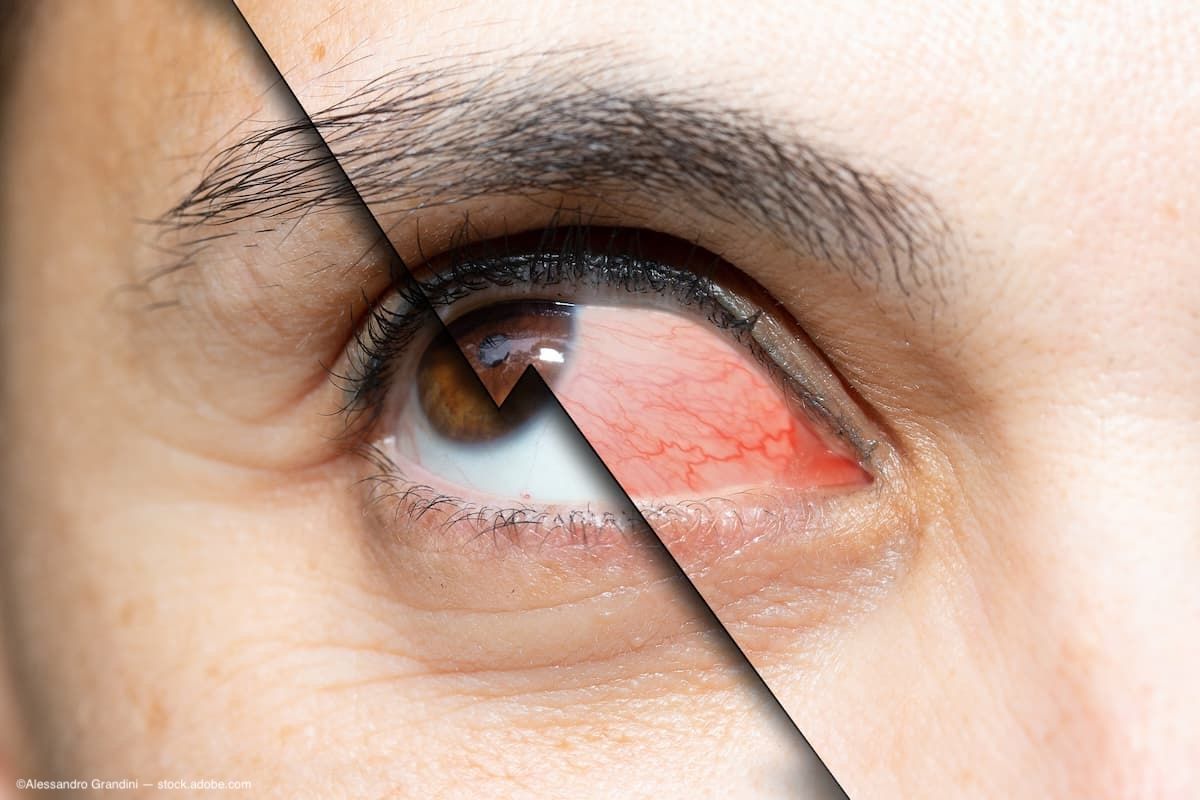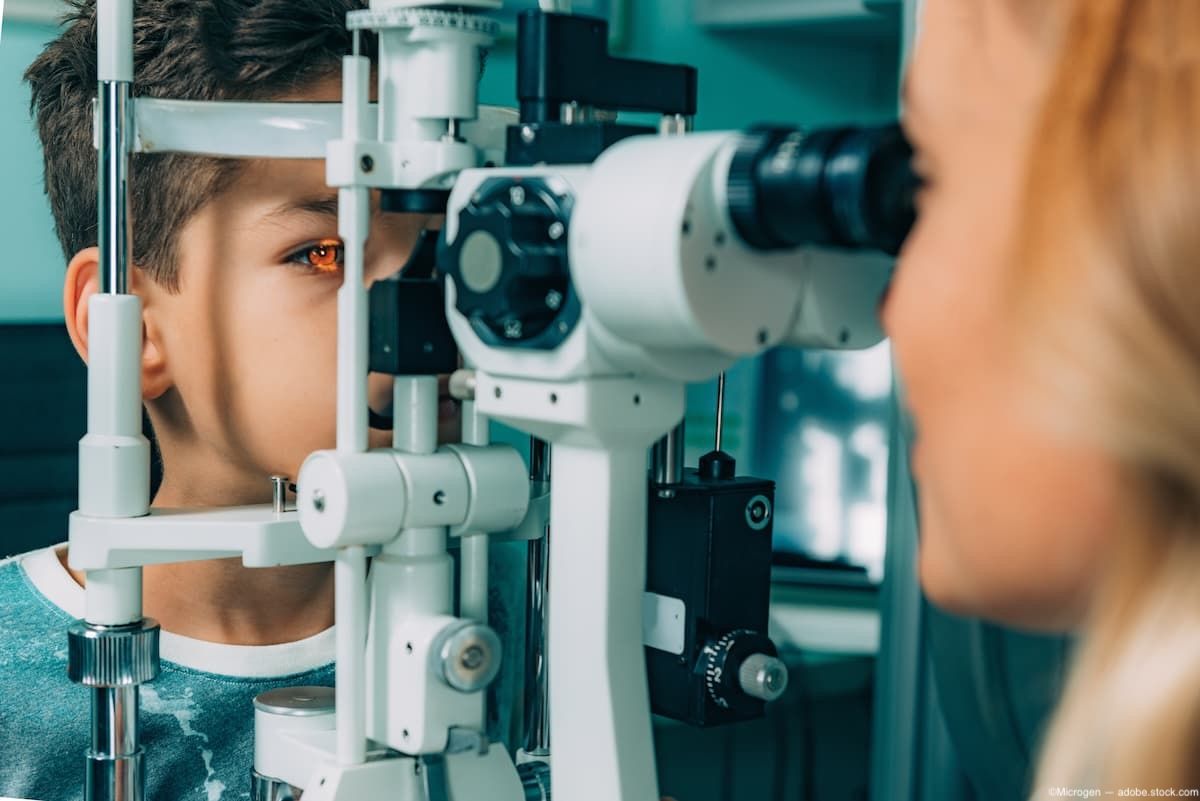Article
Retinal complications after LASIK: what to expect
Although millions of patients worldwide have undergone LASIK for myopia, the complication rate is very low. The problems that do arise postoperatively can be serious and include endophthalmitis, retinal tears, retinal detachments, retinal hemorrhages, macular holes, and choroidal neovascularization, said J. Fernando Arévalo, MD, FACS, director, Clinica Oftalmologica Centro Caracas, the Arévalo -Continho Foundation for Research in Ophthalmology, and professor of ophthalmology, University of Los Andes, Caracas, Venezuela.

Although millions of patients worldwide have undergone LASIK for myopia, the complication rate is very low. The problems that do arise postoperatively can be serious and include endophthalmitis, retinal tears, retinal detachments, retinal hemorrhages, macular holes, and choroidal neovascularization, said J. Fernando Arévalo, MD, FACS, director, Clinica Oftalmologica Centro Caracas, the Arévalo-Continho Foundation for Research in Ophthalmology, and professor of ophthalmology, University of Los Andes, Caracas, Venezuela.
A retrospective analysis of 83,938 eyes that underwent LASIK showed that 40 eyes of 34 patients (0.04%) developed a retinal detachment. Following vitreoretinal surgery, 38.7% of eyes had a final visual acuity of 20/40 or better; 77.4% had a final visual acuity of 20/200 or better; 22.6% had a final visual acuity of 20/200 or worse, and the final visual acuity improved two or more lines in 51.6% of eyes, according to Dr. Arévalo.
Maculopathies, other sight-robbing complications of LASIK, developed in 32 eyes of 30 patients who had a unilateral full-thickness macular hole (20 eyes of 19 patients; frequency, 0.02%) or subfoveal choroidal neovascular membranes (12 eyes of 11 patients; frequency, 0.01%) after LASIK for myopia. Of 14 eyes with a macular hole that underwent vitreous surgery, six had a visual acuity of 20/100 or worse and five had a visual acuity of 20/40 or better. Four of five cases with a macular hole and a posterior pole retinal detachment underwent macular hole surgery. All eyes had a final visual acuity of 20/150 or worse.
"The reasons for poor visual acuity included the development of cataract and the presence of chorioretinal atrophy," Dr. Arévalo said.
Nine eyes with choroidal neovascular membranes were treated with photodynamic therapy, and four of these had a visual acuity improvement of two to five lines. Two eyes had a worse visual acuity by two to four lines. Corneoscleral perforations and macular hemorrhages also developed, but in fewer patients, he said.
"The incidence of choroidal neovascularization and macular holes is low, and the majority of cases develop in women," Dr. Arévalo said. "LASIK is a safe procedure with a low incidence of vitreoretinal complications.
"Because of the potential for complications, a dilated fundus examination is even more important in every patient whose visual acuity after LASIK is not as good as expected," Dr. Arévalo said. "The goal is to avoid delays in referring a patient who develops problems post-LASIK to a vitreoretinal specialist."
Newsletter
Don’t miss out—get Ophthalmology Times updates on the latest clinical advancements and expert interviews, straight to your inbox.




